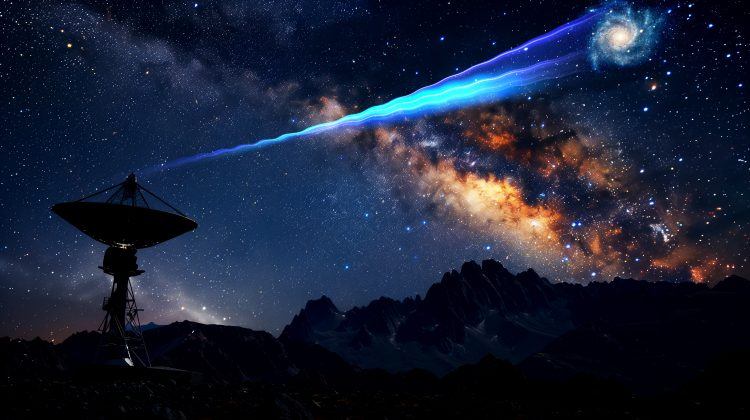Earth-sized telescope seeks “monsters in the night”
The globe-spanning Event Horizon Telescope is focussed with extreme precision at the black hole in the centre of our galaxy.

There’s a massive gravitational glutton at the centre of our Milky Way galaxy, and telescopes spanning the globe have joined forces to bring it out of the shadows.
After years of planning, the Event Horizon Telescope (EHT) — an interconnected network of the world’s most powerful radio telescopes — is now taking aim at Sagittarius A*, the supermassive black hole 26,000 light years from Earth.
Indirect evidence tell us Sagittarius A* is there, but the EHT will soon allow us to “see” it, as well as an even more massive black hole at the centre of the M87 galaxy.
The EHT is expected to provide “visceral, direct evidence that there are monsters in the night,” Avery Broderick, an astrophysicist at Perimeter Institute and the University of Waterloo, told The Globe and Mail this week.
Broderick, who holds the Delaney Family John Archibald Wheeler Chair in Theoretical Physics at Perimeter, leads the Institute’s Event Horizon Telescope Initiative, which will analyze and interpret the vast amounts of data that will pour in from the EHT.
“Sagittarius A* will become a laboratory for us to understand how these behemoths grew,” Broderick said in an explanatory article about the EHT on HowStuffWorks.
Broderick also appeared this week on the popular CBC Radio science program Quirks & Quarks, telling host Bob McDonald that the EHT is powerful and precise enough “to watch the hockey game on the moon, and still see the puck.”
Here’s Broderick explaining the EHT at Perimeter Institute:





















































































